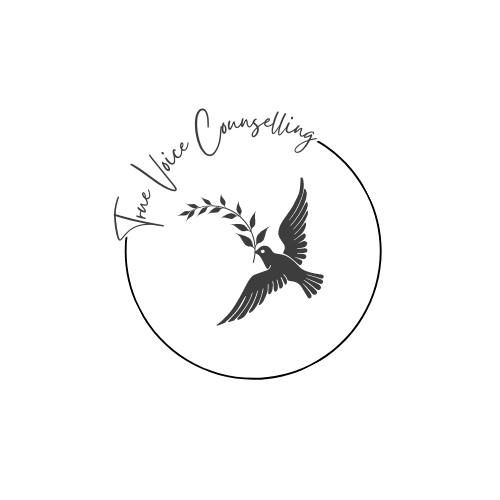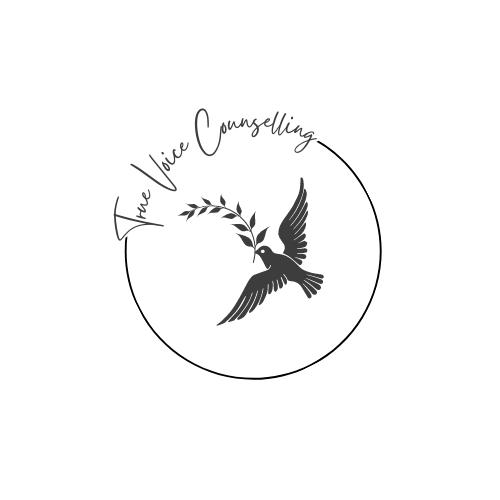My Approach
Why I Chose This Approach
My beliefs underly the models, theories, and philosophies I draw from. Here is what I believe: humans are multifaceted, whole, and unique. We are inherently worthy and good. We have free will and move towards growth. We constantly interact with the larger systems to which we belong and that these systems influence our development and growth. Our early life experiences often create unconscious patterns of relating and that, when brought into awareness, have the potential to change. Our emotionality is one of our greatest resources, as our emotions can guide us to meaningful insights about ourselves, others, and the world. My beliefs have led me to humanistic, insight-based, and relational systems of thought. However, more than any theory I may draw from, I consider the therapeutic alliance the most essential part of effective therapy.
What is the therapeutic alliance?
The therapeutic alliance is the trust, bond, and rapport between the client and the therapist. Both the therapist and the client play a role in its strength (or weakness). Elements that can strengthen the alliance include empathy, understanding, collaboration, honesty, assertiveness, active participation, shared agendas, trustworthiness, and consistency.
The following systems of thought inform my approach and build on the foundation of the therapeutic alliance:
Person-centred therapy is a non-authoritative approach that allows the client to take the lead in how they wish to use their time in therapy so that they may discover their own solutions to what they've come to therapy for help with. The therapist is a compassionate facilitator who creates a non-judgmental and safe environment. The therapist refrains from interfering or directing the client's process of self-discovery, as the therapist trusts, reflects, and supports the client in their natural process. The therapist uses the 'here and now' to help the client understand themselves and how they show up in the world.
Emotions-focused therapy is a therapeutic approach based on the premise that emotions are crucial to identity and guide choice and behaviour. Building awareness of emotional states and finding ways to change a person's relationship to their emotions, emotions may be used as important information rather than instructions for actions that hinder them.
Experiential therapy is a therapeutic technique that uses expressive tools and activities such as guided imagery, role play, art, singing or voicework, or other forms of creative expression to explore and process emotional experiences.
Psychodynamic therapy is an approach where the client is encouraged to speak freely about their difficulties, emotions, fears, fantasies, desires, and dreams. It explores how past relationships and experiences create beliefs and patterns of relating that shape how we interpret and experience ourselves and others in order to improve the client's interpersonal experiences and relationships.
Systemic psychotherapy is a holistic approach that emphasises that a person's family, community, culture, and society play a vital role in that person's healing and well-being. It looks at how the individual may consider their relationship with the larger system so that they may find more adaptable and productive ways of being in relationship with the systems surrounding them.
Cognitive Analytic Therapy (CAT) is a collaborative and relational therapy focusing on relational patterns. It looks at the client's early life experiences to understand why a person feels, thinks, and behaves the way they do in the present before helping them to problem solve and develop new ways of behaving. It relies upon the empathic and trusting relationship between the client and therapist. It uses tools such as letter writing to say 'I hear what you say' and mapping to show 'I see what you mean' to build the relationship and develop the client's self-awareness and ability to make conscious choices.
Transactional Analysis (TA) is focused on examining a person's self-states, relationships, interactions, and communication as a way to help people strengthen their 'adult' state—the compassionate, balanced, open, rational, and flexible part of themselves—and their sense of value and agency so that the person may have healthier interactions and relationships.
Internal Family Systems Therapy (IFS) is a way for people to explore the different 'parts' of their personality and their roles. This therapy aims to find a balance within the system of 'parts' and to differentiate and elevate the Self to be an effective leader in the system. The Self demonstrates many positive qualities, such as acceptance, confidence, calmness, wisdom, compassion, connectedness, leadership, and perspective. Unlike visible parts, the Self is never seen but is the aspect of the individual observing and aware.
Inclusive therapy is about celebrating all bodily identities and abilities and constantly examining internalised prejudice. It is culturally affirming, honouring cultural strengths, and recognising the impact of racial injustice and trauma. It seeks to understand the cultural lenses through which clients view their systems and present issues.
LGBTQ+ affirming therapy works to validate and advocate for those with minority identities surrounding sexuality, gender identity, and gender expression.
Trauma-informed therapy is an approach to therapy that asks, 'What happened to you?' rather than 'What is wrong with you?' The therapist remains mindful of the individual's trauma history, triggers, and specific needs, working in a way that is collaborative, safe, and understanding and builds on the strengths of the person.
Mindful self-compassion - is a tool for emotional resilience that combines mindfulness and self-compassion. Mindfulness is the practice of being aware of what is happening in the present moment without interpretation or judgment. In contrast, self-compassion involves responding in a supportive and understanding way towards yourself when you have a difficult time, fail, or notice something you don't like about yourself.
Somatic techniques engage the relationship between mind, body, and spirit. Some of the mind-body exercises I use are breath work, meditation, visualisation, grounding, movement, and sensation and body awareness work.
I may pull bits from all of these therapies at some point, or I may focus on a couple—it all depends on what the client and I decide together may be most beneficial for their concerns and needs. After we have a basis of understanding about the problems they'd like help with and we've identified some of the aims or goals they have for therapy, I collaborate with my clients on formulating our approach to therapy.
Even though I do refer to a lot of different schools of thought, that doesn't mean that I will be a good fit for everybody or that the therapy is guaranteed to work. Progress in therapy depends on many factors and, most importantly, the bond between the therapist and the client. For this reason, the first few sessions are a trial period to ensure we are a good enough fit to proceed with the therapy.

